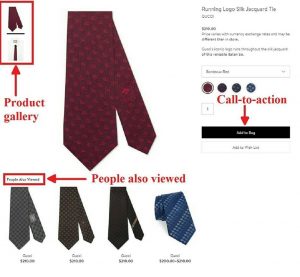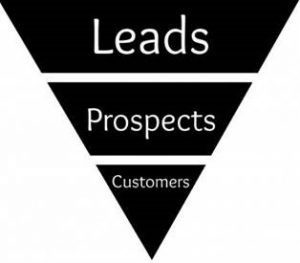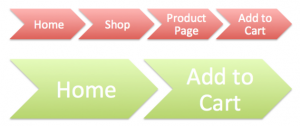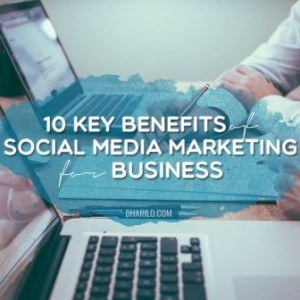Aprimo CMO says marketers are currently struggling with what he calls “digital sameness” — where everyone is doing the same thing online.
The COVID-19 crisis has shifted nearly all customer experiences to digital experiences, forcing brands to compete for audience engagement like never before. This new normal has created what Aprimo CMO Ed Breault defines as “digital sameness” — a circumstance where marketers are all trying to use content to connect with their audiences.
“If everyone is doing the same thing, what can we do to rise above this noise?” asked Breault during his “Humanity Wins” Discover MarTech presentation. His solution: To humanize your brand and create more authentic experiences. He says his company aims to deliver a human-centered content strategy, and puts personalization at the very top of his content strategy.
Breault says marketers have to ask themselves if their content truly shows that the brand knows and understands who their customer is.
“Is it connecting at a level that your experience says ‘this brand gets me’ and it hits them at a moment in time that creates a connection that’s lasting,” said Breault.
The ultimate personalized experience
Breault says marketers should be using all the information they know about their target audience to create something that’s tailored.
“It feels bespoke. It feels like it was made just made for them — I call those ‘made for you moments,” said Breault, “It’s the ultimate in personalization.”
To produce such moments, marketers must have a solid grasp on their data. This means not only having the right volume of data and analytics to understand their customers, but also having clean data and being smart about how we implement the data.
“We have been collecting data for years now and we have to be responsible with that data and how we are using it,” said Breault, “Are we responsible with how we use it to connect? Are we responsible in terms of using it to create the most optimal commercial outcomes for our brands.”
He says marketers should be looking at analytics like purchase history, transaction history preferences to create these ultimate personalized experiences — even insights like weather data can help enrich the customer experience, according to Breault.
Now is not the time to be silent
During her Discover MarTech presentation “Doubling Down on CX When Faced with a Global Pandemic,” Acquia CMO Lynne Capozzi agreed with Breault’s take, emphasizing the overwhelming amount of noise from brands right now, with consumers being bombarded with countless deals and promotional offers.
While the influx of brand messaging may feel tone deaf at times, Capozzi says brands shouldn’t go AWOL.
“This is not the time to be silent in the market. This is the time to make sure that you’re in touch with your customers,” said Capozzi, “More than ever, embrace your customers, provide value to your customers.”
More than half of consumers polled by Acquia recently said that the brands who should know them don’t — with many brands failing to capture valuable information from repeated purchasing patterns that could be used to create more personalized experiences (the same data Breault recommends brands should be paying attention to). Capozzi says brands do not do a good job using details like personal preferences to predict their customers’ needs.
“Eighty percent of customers say they’d be more loyal to a brand that showed they really understood them and what they were looking for,” said Capozzi, “That’s critical. That’s what we all want.”
Effective personalization relies on clean data and open technology
To create these personalized, exceptional customer experiences, Capozzi insists marketers must have clean data sources.
“If you’re going to try to increase your customer experience, you need to have clean data — we all know this,” said Capozzi. She admits most marketers don’t consider their data 100% clean. This doesn’t mean MOPs teams shouldn’t be paying attention to how data is collected. More often than not, it’s the marketing technology team’s responsibility to ensure the quality of the data being managed.
Capozzi considers clean data a “pillar” in terms of building customer loyalty and providing value-added personalized experiences. Another pillar defined by Capozzi is her organization’s open technology architecture.
“We have a lot of silos of data,” said Capozzi, “An open approach and open technology allows you share that data between the different applications.”
Her open technology stack involves what she called standard marketing cloud products, including a CRM, CMS, marketing automation solutions, web personalization tools and a digtal asset manager.
“What are the ways that you can do the best personalization to help create the best customer experience?” asks Capozzi, “I think it’s about open technology — open technology is key.”
Marketing Land – Internet Marketing News, Strategies & Tips
(25)
Report Post








